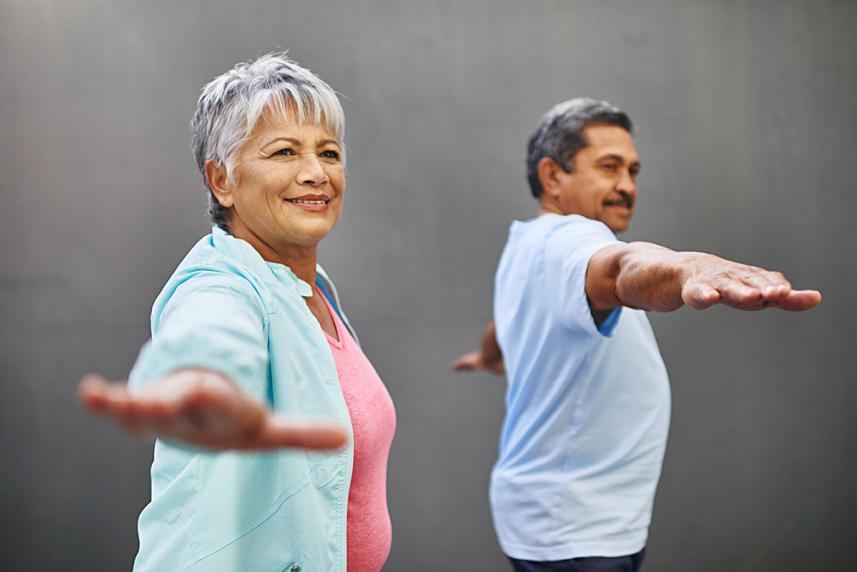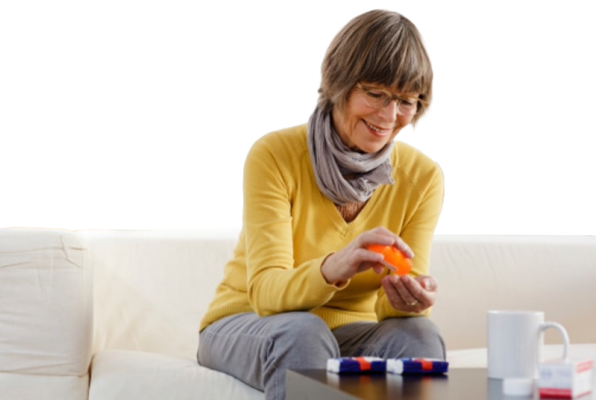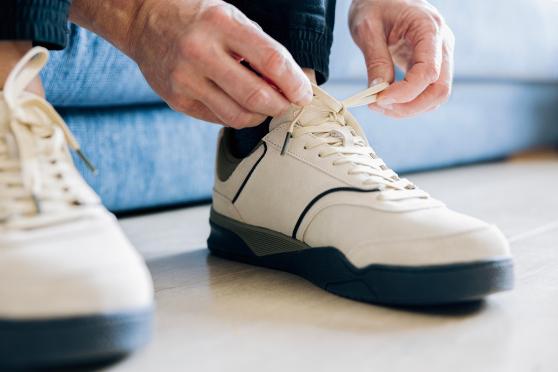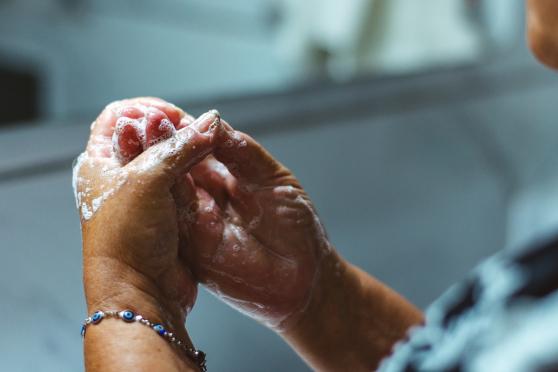What’s your risk of falling?
Learn how to prevent slips, trips, and falls. These simple steps will help you stay safe and injury-free.

How steady are you on your feet? Maybe you’ve noticed that your balance isn’t what it used to be. Or you walk down the stairs a bit more carefully.
Falling is a major risk for adults age 65 years and older. It’s definitely scary if you take a tumble and can be quite dangerous. But less than half of older adults tell their doctors about their falls, according to the Centers for Disease Control and Prevention (CDC).
Sharing stories of trips and falls may not be fun, but it’s a good idea to tell your doctor if it’s happened to you. They can give you advice on how to stay stable and prevent accidents.
Personalized care is just a click away! HMSA members have access to programs and tools to help you take care of your health and well-being. Learn more.
What is a fall assessment test?
One of the primary tools that doctors use is a fall assessment test. Simply put, a fall assessment helps you feel confident on your feet and checks to see how likely you’ll fall in various situations. The assessment usually includes:
A screening that includes a physical examination and questions about your overall health. Your doctor will ask if you’ve had previous falls or problems with balance, standing, or walking. They may ask questions like:
- Have you fallen in the past year?
- Do you feel unsteady when standing or walking?
- Are you worried about falling?
A set of physical tasks to test your strength, balance, and gait. These tasks may include:
The Timed Up-and-go Test: To check your gait, you’ll sit in a chair, stand up, walk for about 10 feet at your regular pace, turn around and walk back to the chair, and sit. Your doctor will check how long it takes you to do this. If it takes you 12 seconds or more, it may mean you’re at higher risk of a fall.
The 30-second Chair Stand Test: This test checks your strength and balance. You’ll sit in a chair with your arms crossed over your chest. When your doctor says “go,” you’ll stand up and sit down. You’ll repeat this for 30 seconds; your provider will count how many reps you complete. The specific number that shows a risk depends on your age.
The 4-stage Balance Test: This test checks how well you can keep your balance. You’ll stand in four positions, holding each one for 10 seconds. The positions will get harder as you go.
- Position 1: Stand with your feet side by side.
- Position 2: Move one foot halfway forward, so the instep is touching the big toe of your other foot.
- Position 3: Move one foot fully in front of the other, so the toes are touching the heel of your other foot.
- Position 4: Stand on one foot.

Automatic refills and our mail-order program are easy to set up and can save you money.
Fall risk interventions
After your doctor assesses your fall risk, they’ll suggest ways to improve your strength and balance and make your home safer. They may recommend that you:
Exercise to improve strength, gait, and balance: This could include trying exercise programs for seniors. Or, your doctor may refer you to a physical therapist.
Stop or reduce certain medications: A wide range of medications for everything from pain, allergies, and sleep to anxiety and depression can affect your central nervous system and therefore your balance. They may cause dizziness, confusion, or other symptoms, according to the National Institute on Aging. Your doctor can help you adjust your meds to prevent these side effects.
Take a vitamin D supplement: This critical vitamin improves bone strength and reduces osteoporosis. Most of us don’t get enough of it. Having stronger bones can reduce the risk for fractures from a fall, which is common. Nearly 95% of hip fractures are the result of falls, says the CDC.
Modify your home: Your doctor may also recommend removing hazards from your home that could cause you to trip or stumble. Often, that means getting rid of loose items like throw rugs and keeping walkways tidy. Improved lighting can also help prevent falls.
Additional sources:
Fall prevention: Centers for Disease Control and Prevention
Medication and falls: National Institute on Aging
Hip fractures: Centers for Disease Control and Prevention
H3832_8750_848451_5MS536_24_C
© 2023, Linkwell Health, Inc. All content owned or licensed by Linkwell Health, Inc. All rights reserved.


